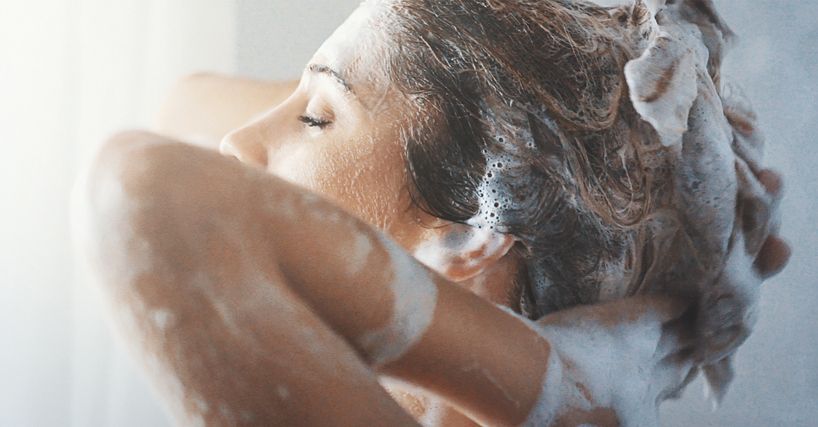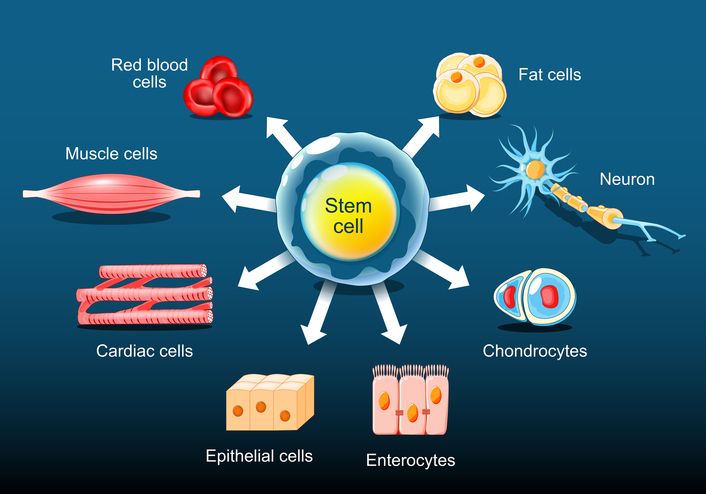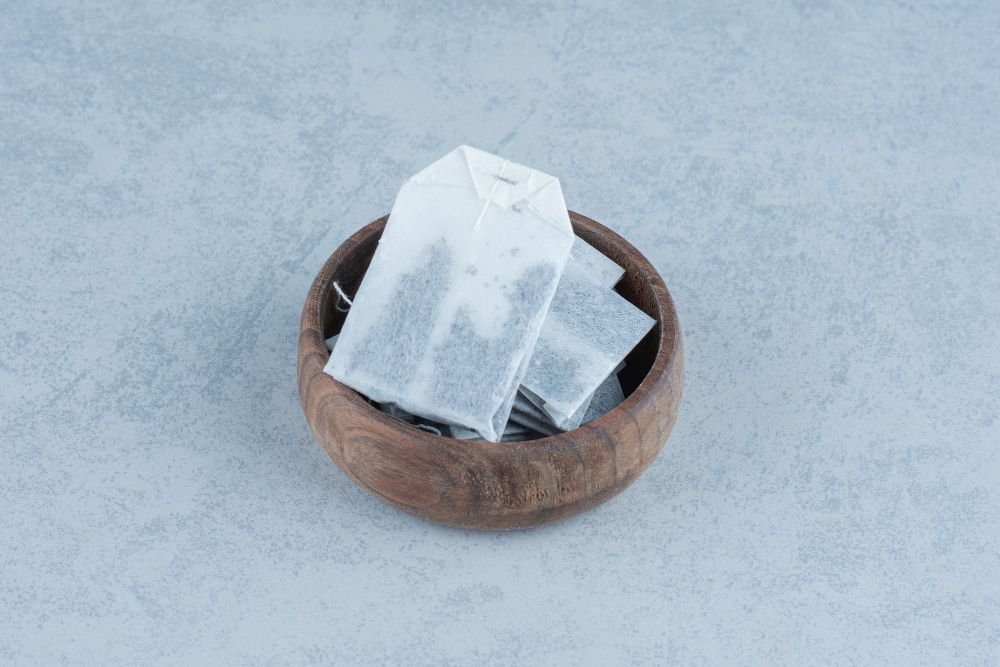
Book Now to Experience
Acne Treatment
1 Minute Self-Registration
Date should not be before minimal date
Author: Leila Tan|Updated: 23 July 2024
Literally everyone can get acne. Most of the time, we use the best method, such as a targeted treatment, to get the job done. But if you really want to get rid of acne, you'll need to take a whole-person approach and think about changing what you eat, how you care for your skin, and how you treat it. Most of the time, you have to try a few different treatments for acne before you find one that works, but today, we'll look into whether or not spot treatment is a good choice.
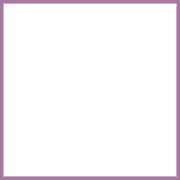
1
So...What Is Spot Treatment For?
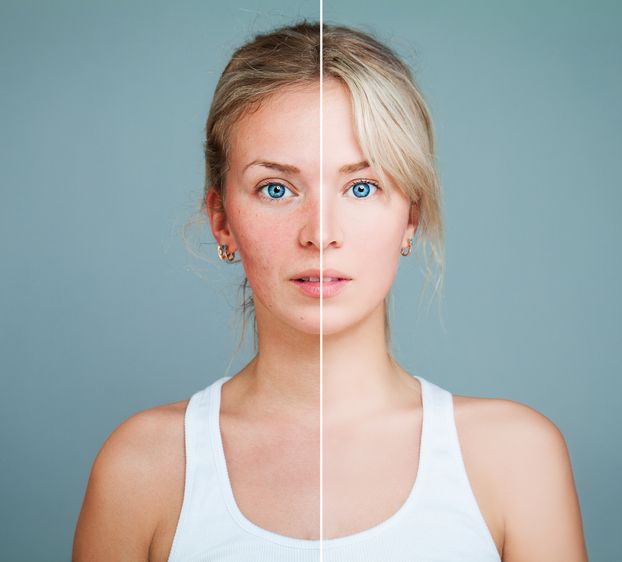
"Spot treatment" is a specific way to treat acne that is applied directly to specific acne lesions. Active ingredients in acne spot treatments include benzoyl peroxide and salicylic acid. Both benzoyl peroxide and salicylic acid have been shown to kill the germs that cause acne and get rid of oil and dirt on the skin. Usually, spot treatments are put on the affected area directly with a cotton swab or pad, and they can be used several times a day until the acne goes away.

2
When Does Targeted Treatment For Treating Acne Start?
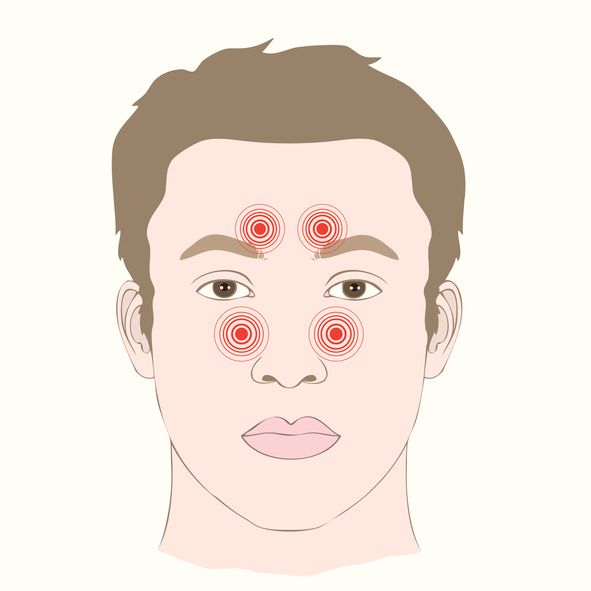
Spot treatment is a type of skin care that focuses on a specific region or areas of concern on the skin. Acne spot treatments were developed in the 1950s by dermatologists as a technique to avoid drying out or overtreating the entire face. The spot treatment can be any topical medication applied directly to the skin, such as a medicated cream, gel, spot serum, or ointment. Acne-causing bacteria on the skin's surface are killed by the inclusion of antibacterial substances like benzoyl peroxide or salicylic acid. Natural plant extracts and oils can also be used as spot treatments to soothe sensitive skin and lessen the inflammation and redness associated with breakouts. Acne can be treated locally with a spot treatment, sparing the rest of your face from the harsh chemicals.
Read More

3
Type of Acnes and Whether Acne Spot Treatment Works On Them

Spot treatment is a good way to target and treat different kinds of acne. Acne vulgaris is the most common kind. It is caused by clogged pores that are full of oil, dirt, and bacteria. This kind of acne usually shows up on the face and body as whiteheads, blackheads, and pimples. Spot treatments with antibacterial ingredients like benzoyl peroxide or salicylic acid can be used to reduce inflammation and kill the bacteria that are causing these breakouts.
Cystic acne is another kind of acne that looks like painful bumps deep in the skin that are full of pus. Spot treatments won't work for this kind of acne because they can't get to the deeper layers of skin where cystic acne forms. The best way to treat cystic acne is to see a dermatologist, who can give you pills to take and creams to put on your skin that are made just for this condition.
Lastly, some spot treatments, like those for rosacea or psoriasis, have natural plant extracts like tea tree oil or witch hazel that help reduce redness and swelling. These spot treatments can be used to calm skin irritation and relieve itching and redness in affected areas.
The location of your acne also plays a part. Let's start with...
The T-Zone
The area between your eyebrows, which includes your chin and nose, is called the T-zone, and this is like the "Clark Quay" zone of pimples as it is always prone to future breakouts. Most of the time, digestive problems or food allergies cause acne and acne scars in this area. Several experts say that to improve the look of your T-zone, you should eat less milk, red meat, processed foods and more leafy greens. Also, the T-zone has more oil-producing glands than the rest of the face, which makes it more likely to get acne. She tells us to wash our hands and use skin care products that help our pores get clean.
Because acne on the nose is linked to the liver and kidney, a red nose, acne that is hard to get rid of, and acne scars may mean that your blood pressure is too high or that your liver isn't working well. It's important not to do too much fun stuff after work and not to eat too many spicy foods. Stress is one reason why you break out in your T-Zone. When we are too worried, our bodies make adrenaline, which makes more sebum and makes it more likely that we will run away.
Forehead
Poor digestion and stress often lead to headaches in the forehead. Replace caffeinated and overly processed drinks with lukewarm water to help your body get rid of toxins and digest food better. Sleeping at least seven hours a night, drinking lots of water, and eating a balanced diet might help lower your risk of getting pimples on your forehead. You should also avoid things that are bad for your skin, like keeping your hat and hair follicles away from your temple to reduce friction and stop hair products, like conditioners, from clogging your pores.
Cheeks
Acne and acne scars, which usually show up on the tops of the cheekbones, are linked to the airways. If you often walk through towns or drive with your windows down, be careful when you wash your face. Make sure the air in your home is clean by buying a filtration system or a few plants that clean the air. A lot of things touch your cheeks every day, and cleaning the things around you can help get rid of pimples on your face. Lower cheek acne and acne scars are often caused by not taking care of your teeth, but surface bacteria can also be to blame. Things like your phone, make-up brushes, and pillowcase that touch your face should be cleaned often.
Chin
We all know that the main cause of chin acne is a hormonal imbalance caused by not getting enough sleep or eating badly. If you still have acne on your chin, see your doctor to find out if emergency contraception or spironolactone will help. Spearmint tea's ability to fix hormonal imbalances and its anti-inflammatory and antibacterial properties help to reduce hormonal fluctuations. Do not rest your chin on your hands or touch your skin more than you have to. You should also use only non comedogenic products to cut down on the chance of clogged pores.

4
Spot Treatments Varieties: Find Your Spot
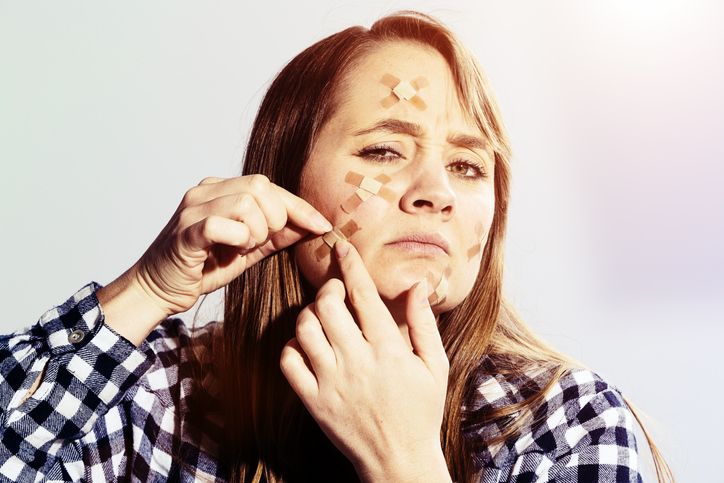
Spot treatments exist in various forms, including creams, patches, and more. Creams are the most common type of spot treatment since they are simple to apply and contain a variety of active ingredients that can be used to cure blemishes. Antibacterial ingredients in creams, such as benzoyl peroxide or salicylic acid, serve to eradicate acne-causing germs from the skin's surface. They may also contain natural plant extracts such as aloe vera and chamomile, which reduce redness and blemishes while soothing inflammation.
Another sort of spot therapy that targets imperfections without harming the surrounding skin is acne patches. Acne patches come in various sizes and shapes, allowing them to treat moderate acne and cover imperfections without affecting other areas of the face. They function by slowly releasing therapeutic components into the blemish during the day or night, making them an excellent solution to treat blemishes 24/7. Typical components in pimple patches include salicylic acid, tea tree oil, and hyaluronic acid, all of which help reduce inflammation and brighten skin by reducing pore congestion.
Finally, spot serums are lightweight formulations suited for overnight use. They contain potent active components like retinol, peptides, and antioxidants that diminish the size and intensity of blemishes overnight. Moreover, spot serums remove sebum buildup, which can cause clogged pores and acne. With frequent application over time, spot serums can help improve overall complexion clarity, resulting in clearer skin texture.

Book Now to Experience
Acne Treatment
1 Minute Self-Registration
Date should not be before minimal date

5
Suggested Skincare Routine After Spot Treatment
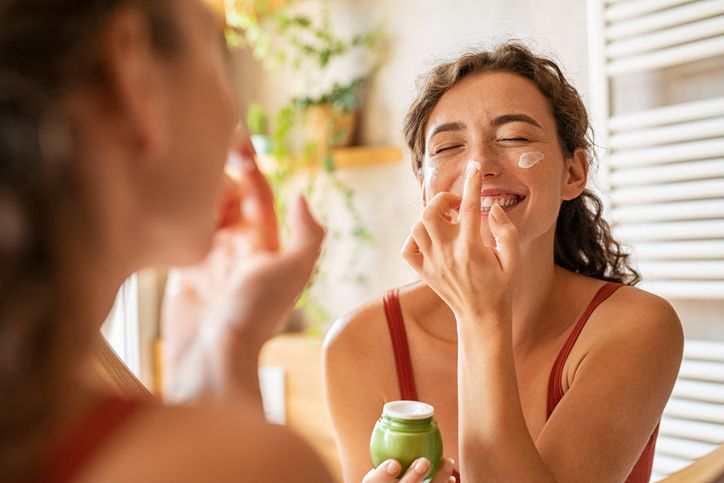
A good skin care routine after getting rid of a spot should include natural ingredients that help to hydrate and calm the skin. You can do this routine once or twice a day, depending on what you need.
First, use aloe vera gel to remove dirt and oil from your face in a gentle way. Aloe vera is a mild, soothing ingredient that helps reduce inflammation. This makes it perfect for soothing irritation caused by spot treatments. Follow up with a toner or facial mist that has witch hazel, aloe vera, or tea tree oil in it. All three of these ingredients are known to calm inflammation. With these ingredients, your skin will feel fresher, its pH levels will be balanced, and redness and spots will go away.
Next, put on a moisturiser that uses a lightweight formula, for instance a product that contains natural plant extracts like chamomile, lavender, or green tea extract. These ingredients are full of moisture and will help keep your skin hydrated and healthy at the same time. Lastly, if you need more relief from redness and sensitivity, put some gel on your face as a mask overnight to calm mild to moderate breakouts.

6
Is it Difficult to Get Spot Treatment Done in Singapore?
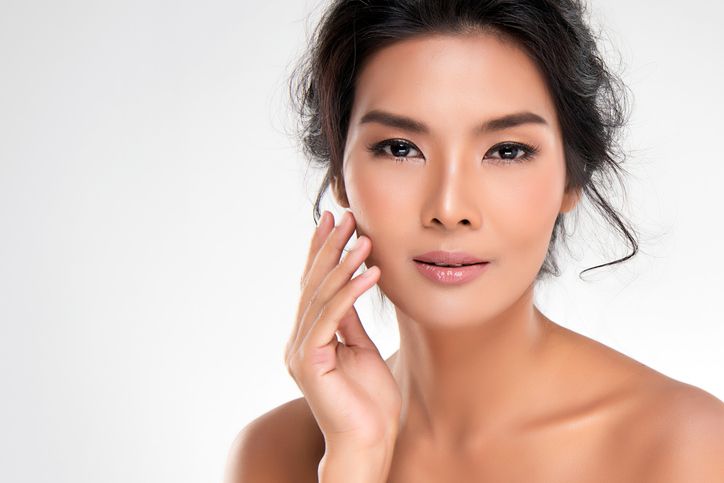
In Singapore, spot treatment is relatively simple. Several physicians and skincare clinics on both east and west side offer spot treatment services that employ anti-bacterial and acne fighting ingredients formulated to address active blemishes. In addition, a number of skincare products, such as medicated creams, gels, serums, and ointments, are available in most Singapore drug stores for spot treatments. However, you should consider practising these actions if you have other skin concerns and would like to have a faster healing time.
Practice wellness in all ways
making changes to your lifestyle, such as washing your face twice a day with a gentle cleanser and using products that don't clog pores and don't contain oil. avoiding things that can cause breakouts, like stress, smoking, drinking alcohol
Right product is the key
To keep skin clear, it is also important to use products with active ingredients like benzoyl peroxide or salicylic acid.
Eat right food to prevent more breakouts
Harvard Health Publications says that refined carbs and sugars, like white bread, russet potatoes, macaroni and cheese in a box, and other highly processed foods that tend to raise blood sugar levels quickly, have a high GI. This rise in blood sugar levels sets off a chain of events that cause inflammation to get worse, the skin to make more oil, and pores to get clogged, which sets the stage for acne. Aside from that, some people can handle dairy well while others get acne when they eat a lot of dairy. "How our bodies react to these hormones may be different for each person, but dairy stimulates a hormone called IGF-1 that is similar to insulin and can cause acne.
Several nuts, like walnuts and almonds, have a lot of the anti-inflammatory minerals zinc and omega-3 fatty acids. Zinc calms inflammation and lowers the amount of bacteria that causes acne. Depending on how bad your acne is, you may also need to use chemical peels, face masks, or lasers.

7
Choose The "Spot On" Acne Treatment to Get Rid of Acne Faster

New Beauty introduces the Acne Treatment, By using microdermabrasion, this acne therapy also prevents additional skin damage from skin inflammations and infections. The Acne Treatment is primarily designed for those with acne, zits, and acne scars, as it utilises twin spiral suction in conjunction with drainage technology to remove dead skin cells and unclog skin pores. First, the dual spiral suction plus drainage technique simultaneously exfoliates dead skin cells and unclogs pores, thereby reducing inflammation and infection associated with acne. Next, a moisturising serum is absorbed into the skin to encourage collagen formation and control sebum secretion
Without extra oil, future acne outbreaks are less likely to occur. The Acne Treatment is designed to treat blackheads, acne, whiteheads, pockmarks, enlarged pores, dry skin, acne scars, and dull skin tone.The moisturising serum used in the post session stimulates collagen formation to firm the skin, reduces dullness, fills scar tissue, and tightens the skin. Collagen production continues even after therapy has ceased, ensuring that the effects are long-lasting. In addition to balancing oil output, the medical-grade essence prevents future outbreaks and treats acne scars.
When your skin has an ideal oil-to-water ratio, subsequent acne outbreaks are less likely to occur, giving you a beautiful and luminous complexion within a much shorter time compared to spot treatments!

8
Winning the Acne Fighting Battle
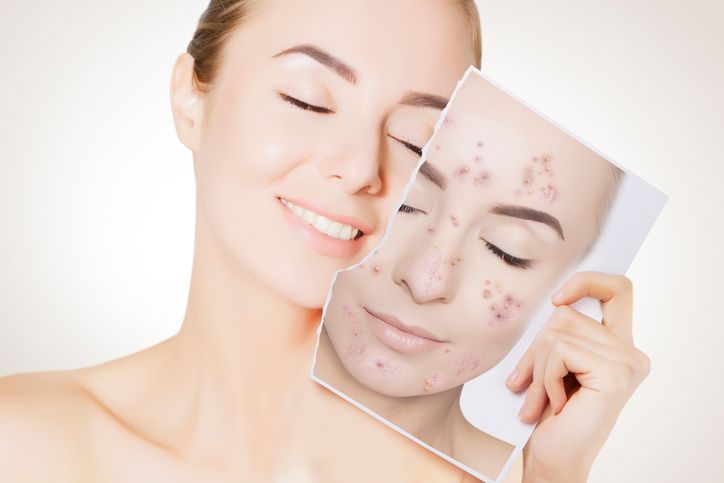
Compared to spot treatment, microdermabrasion is a more effective way to clear blemishes and win the battle against acne. The exfoliating action helps remove excess dirt, oil, and dead skin cells that can lead to breakouts while stimulating collagen production for smoother, brighter-looking skin. Consider getting a session of Acne Treatment today and say farewell to new breakouts!
FAQ
Can people with dry skin type gets acne?
Some people's skin will get dry and break out at the same time. Dry skin can make acne worse, but it can also be a sign of a deeper problem, like dermatitis.
Are acne-treating patches actually effective?
Although acne patches have shown great promise in treating acne lesions, they are not effective on all bumps. If you have a closed wound, deeper lesion, or comedone, these patches won't help (blackheads and whiteheads). For instance, standard hydrocolloid patches will work best for pimples that have already formed, especially whiteheads, because they will pull out the pus, oil, and other things and soak them up. For pimples that are just starting, hydrocolloid bandages with acne-fighting ingredients like salicylic acid are your best bet. These bandages will keep the pimples from ever getting bigger.
How long does it take for the Acne Treatment to work?
Since the Acne Treatment is non-invasive and doesn't involve surgery, you won't have to take a long time to heal afterward. Most people can go back to their normal lives a few hours after the procedure.
What benefits does the Acne Treatment have?
As Acne Treatment uses a two-way spiral suction-and-drainage technique that is safe, gentle, and doesn't hurt, this technology can get rid of dead skin cells and clear out clogged pores. Also, the medical-grade moisturising serum replaces water molecules, stops sebum from being made, and helps collagen grow in skin tissues. So, Acne Treatment can clear up acne you already have and stop it from coming back, giving you a clear face.
How can I make sure that the effects of acne treatment last longer?
If you want the effects of your treatment to last longer, you need to keep up with a good skincare routine that doesn't use harsh chemicals that can irritate your skin. To stop making too much sebum, you must also keep your skin from getting too much sun.

Book Now to Experience
Acne Treatment
1 Minute Self-Registration
Date should not be before minimal date
Recommended Articles
COPYRIGHT© NEW BEAUTY MANAGEMENT LIMITED 2025. ALL RIGHT RESERVED.

